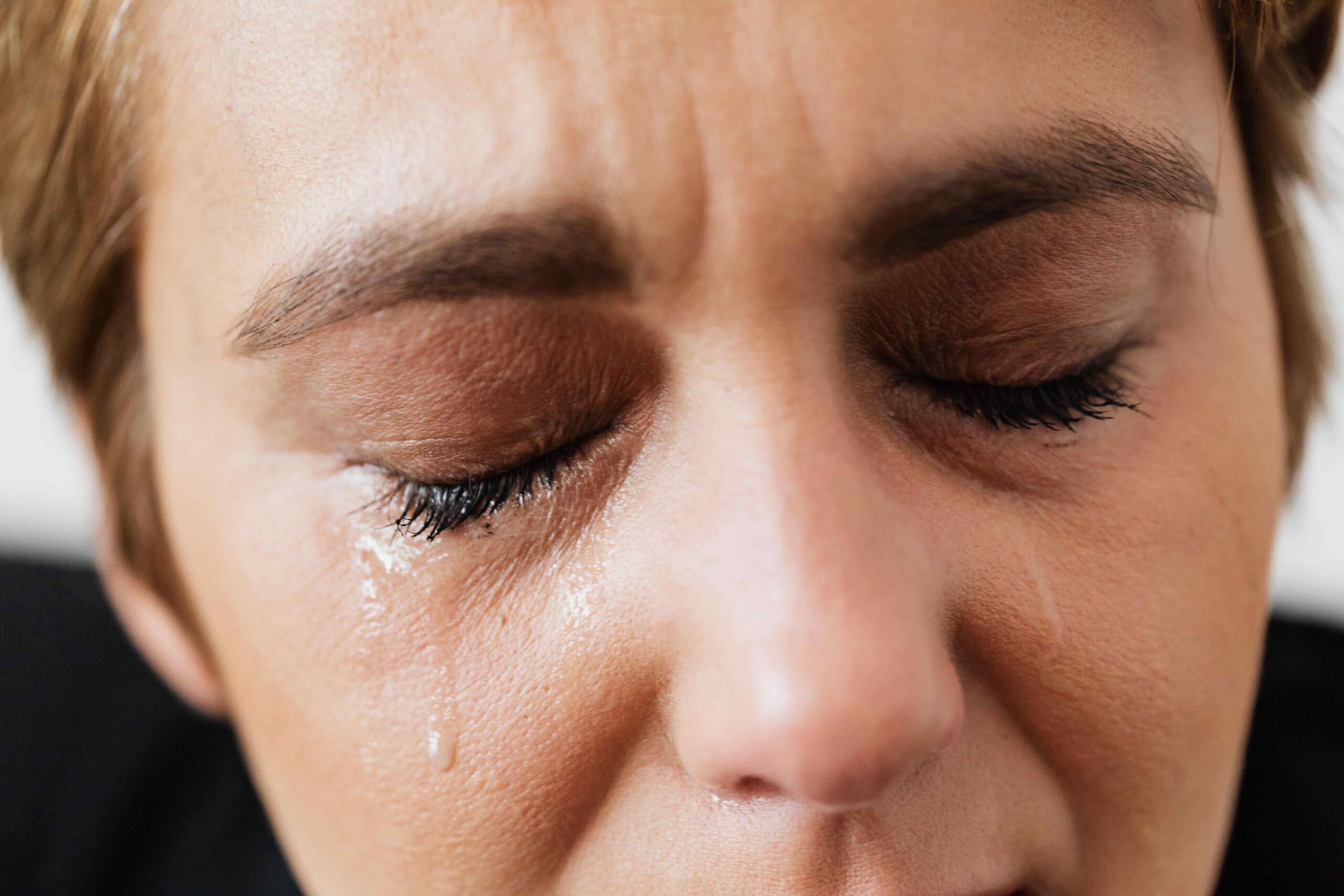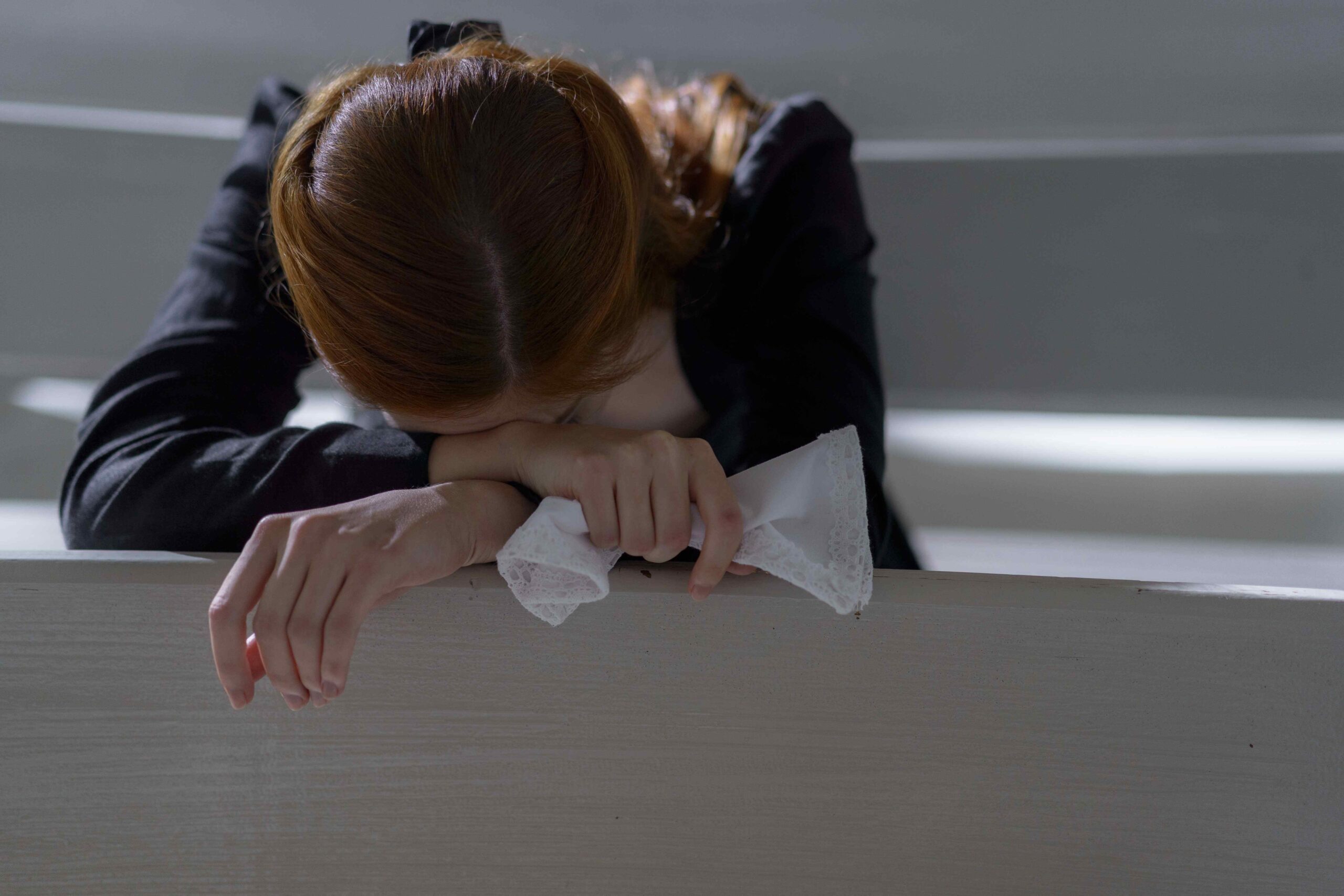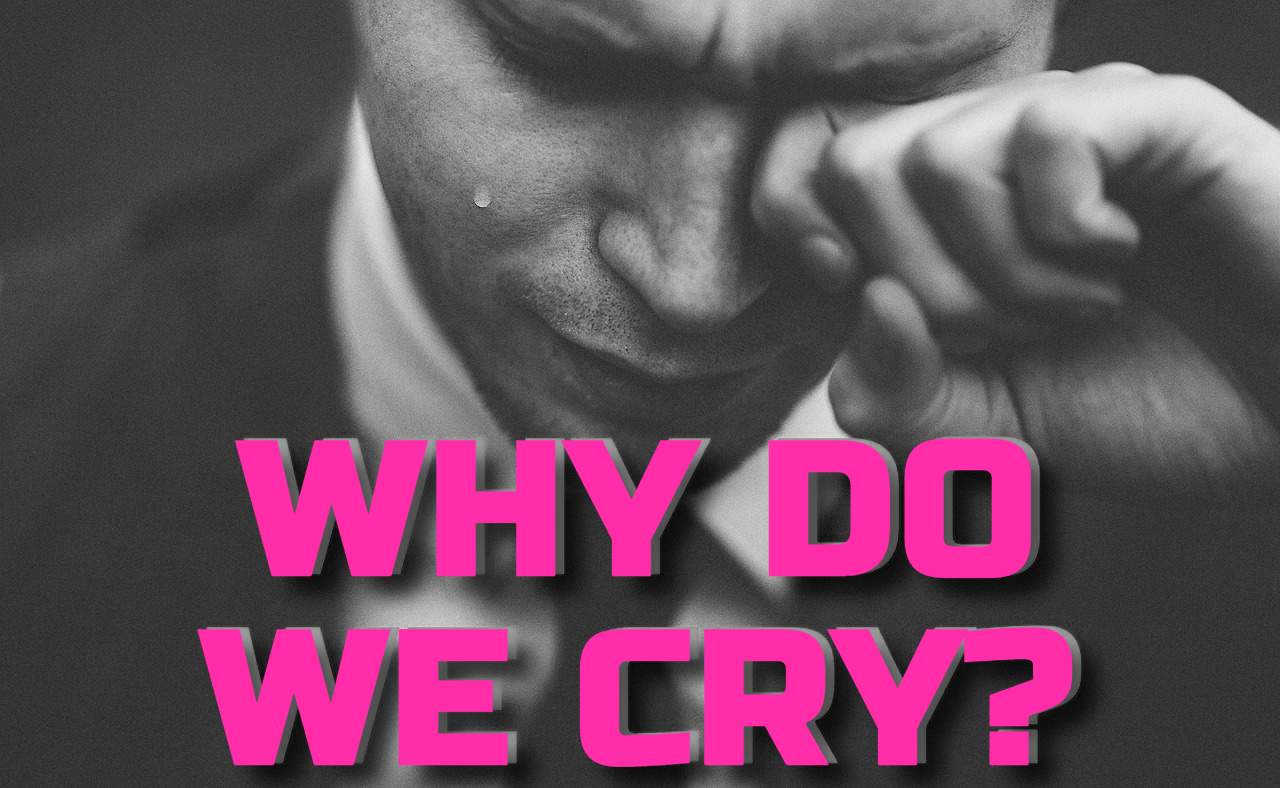Table of Contents
Intro
Crying is a natural expression of emotion that humans have been doing since they were babies. But why do we cry? Is it just an emotional response or is there something deeper going on? This article will explore the many reasons why people cry and how this physical reaction can be beneficial in releasing tension and feelings. From scientific studies to ancient beliefs, we'll look into the various theories behind this often intimate act.

Why Do We Cry?
Crying is a natural human response to various emotions, including sadness, happiness, fear, and frustration. Tears are a way for the body to release built-up emotions and stress. Some scientists believe that crying helps regulate our mood by releasing endorphins, which can help reduce pain and promote feelings of pleasure.
Studies have also shown that emotional tears contain higher levels of stress hormones than tears shed due to irritants like onions or dust. This suggests that crying may be an adaptive response to help individuals cope with stressful situations. Additionally, research has shown that people who cry more often tend to have better social support systems and are more emotionally expressive.
Despite the benefits of shedding tears, some people feel ashamed or embarrassed when they cry in front of others. However, it's important to remember that crying is a normal part of the human experience and can actually be beneficial for our mental health. So next time you feel the urge to cry, don't hold back – let those tears flow!

Types of tears people cry more than others
There are different types of tears, and people cry more of some than others. Basal tears, for instance, are constantly produced by the eyes to lubricate them, and they are not elicited by emotions. On the other hand, emotional tears are triggered by strong feelings, such as sadness, anger, joy, or stress, and they contain more proteins, enzymes, and hormones than basal tears.
In fact, emotional tears have recently attracted attention from researchers, and some specialists, like Ad Vingerhoets, have investigated their functions and effects on human physiology and psychology. Vingerhoets has found that weeping can have therapeutic effects, such as reducing stress, releasing emotional tension, and increasing social bonding.
Therefore, although certain types of tears may be more common than others, whichever form they take, crying is an important and complex human behavior that can be both a sign of vulnerability and a way of coping with challenges

Physiological Causes
The human body is an intricate system that responds to various stimuli in different ways. One of the most profound and yet mysterious responses is crying. Physiologically, crying occurs when the body releases tears from the lacrimal glands located above our eyes. This natural response can be attributed to several causes, including allergies, irritants like smoke or dust, and emotional stress.
Emotions are powerful drivers of physiological changes in our bodies. When we experience intense feelings such as sadness, joy, or anger, they can trigger a sequence of events that lead to tear production. Emotionally-induced crying is often accompanied by other physical reactions like increased heart rate and rapid breathing.
Another physiological cause of crying is related to hormones. Prolactin is a hormone produced by the pituitary gland in response to various factors such as stress or sexual activity. Studies have shown that higher levels of prolactin are released during emotional moments than non-emotional ones which could explain why people cry more when they’re upset than when they’re happy.

Emotional Reasons
Crying is a natural response to a range of emotions, including sadness, joy, anger, and frustration. We cry when we feel overwhelmed by our feelings or when we need a release from pent-up emotions. Tears are also an important way for us to communicate with others, signaling that we either need help or want someone to share in our experience.
In many cases, crying can be cathartic and even beneficial for mental health. It helps us process and move past difficult experiences and can lead to feelings of relief and comfort. However, there are times when crying can become excessive or uncontrollable. This may be a sign of deeper emotional issues that require professional support.
Overall, understanding the reasons why we cry is an important step in managing our emotional wellbeing. By recognizing the triggers that lead us to tears and seeking appropriate support if needed, we can learn to navigate our emotions more effectively and build stronger connections with those around us.

People may cry because of physical pain
It is not uncommon for people to cry because of physical pain. Sobbing and weeping may be a natural response to the strong emotion that comes with experiencing pain. Research has shown that crying in response to pain is not a sign of weakness, but rather a tool that the body uses to release tension and reduce stress.
Dutch psychologist Ad Vingerhoets has studied the many reasons why people cry, and his research suggests that the ability to cry is an important part of human emotional and physical health. While crying may not make the pain go away, it can provide some relief by releasing endorphins and reducing tension in the body. Crying can also be a way for people to express their pain and seek comfort and support from others

Cultural Significance
Crying is a universal human experience that has cultural significance. Different cultures have unique perspectives on what crying means and when it is appropriate to cry. Some cultures perceive crying as a sign of weakness or vulnerability, while others view it as a healthy emotional outlet. For instance, in Japan, people tend to hide their tears in public and see crying as an indication of being out of control or lacking composure.
In contrast, some Latin American countries embrace crying as a way to express passion and deep emotions.
Moreover, the reasons why people cry differ across cultures. While sadness is often the most common cause of tears, other emotions such as joy, gratitude, and even anger can also trigger tears. In some African cultures, for example, people may cry during rituals or ceremonies out of respect for ancestors or to honor their heritage. Similarly, Native American tribes practice “tear-catching” where they collect their tears in small vials during times of mourning.
In conclusion, understanding the cultural significance behind crying can help us appreciate how complex human emotions are expressed across different societies worldwide. It highlights the importance of empathy towards diverse perspectives on emotional expression that underscore our shared humanity despite our unique cultural backgrounds.

Benefits of Crying
Crying is a natural human response to emotions, whether they are positive or negative. It is often associated with sadness, but it can also be triggered by joy, relief, or even laughter. Tears are produced by the lacrimal gland and serve as a physical release of emotional tension. Crying also has several benefits for our mental and physical health.
Firstly, crying helps us regulate our emotions. When we cry, we release stress hormones and endorphins that help us feel better and reduce anxiety. This allows us to process difficult emotions in a healthy way and move forward from them.
Secondly, crying can improve our mood and boost empathy. Studies have shown that after crying, people often report feeling more calm, relaxed and mentally clear-headed. Additionally, when we see others cry or hear stories about their struggles, it activates regions of the brain involved in empathy and compassion.
Finally, crying can have physical benefits as well. Tears contain lysozyme which help fight off bacteria on the surface of the eye. There’s also evidence that tears contain proteins with pain-killing properties which may explain why some people feel better after a good cry.
Overall, while it may not always be comfortable to let ourselves cry openly in front of others or alone in private moments of vulnerability – studies show there are real benefits to doing so!

Ways to Manage Tears
Tears are a natural bodily response to a wide range of emotions, including happiness, sadness, frustration or anger. Crying is an essential part of human behavior and helps us to release pent-up emotions and feelings. In addition to emotional triggers, tears can also be caused by physical factors like allergies or eye irritants.
When it comes to managing tears, the first step is understanding why we cry. We need to acknowledge our feelings without judgment and allow ourselves time to process them. Breathing exercises can help calm and regulate our emotions during moments of stress or anxiety. It's also important to have a support system in place – friends, family members or professionals – who we can turn to for guidance during difficult times.
In some cases, crying may not be enough on its own when dealing with severe emotional distress. In these instances, seeking professional help from a therapist or counselor can be helpful in processing deep-seated issues that may be contributing to our tears. Ultimately, recognizing the importance of tears as an expression of emotion while taking steps towards regulating them can lead us towards better mental health overall.

Conclusion: A Necessary Response
In conclusion, crying is a necessary response to certain situations in life. It is not a sign of weakness, but rather a natural and healthy way to express our emotions. Crying allows us to release pent-up feelings of sadness, frustration, or even joy.
Furthermore, research has shown that tears contain stress hormones and other toxins that build up in the body during times of emotional distress. Therefore, crying can be seen as a physical release that helps to detoxify our bodies and minds.
In summary, while it may feel uncomfortable or embarrassing at times, there is no shame in shedding tears when we need to. In fact, allowing ourselves the space to cry can often be the first step towards healing and moving forward from difficult experiences.

Related Articles
Time Why do we cry?
https://time.com/4254089/science-crying/
Web MD Why do we cry?
https://www.webmd.com/balance/why-we-cry-tearing-up
AARP Why do we cry?
https://www.aarp.org/health/conditions-treatments/info-2022/tears.html
Cleaveland Clinic Why do we cry?
https://health.clevelandclinic.org/tears-why-we-cry-and-more-infographic/
Healthline Why do we cry?
https://www.healthline.com/health/why-do-we-cry
Cushelle Why do we cry?
https://www.cushelle.com/hygiene-and-care/household-remedies/causes-of-crying-10-reasons-why-we-cry/
Independant Why do we cry?
https://www.independent.co.uk/life-style/crying-science-why-tears-b2157912.html
Twinkle Why do we cry?
https://www.twinkl.co.uk/teaching-wiki/cry
APA Why do we cry?
https://www.apa.org/monitor/2014/02/cry
NPR Why do we cry?
https://www.npr.org/2022/11/08/1135127182/why-do-we-cry
Salusu Health Why do we cry?
https://www.salusuhealth.com/Eye-Institute/News/News-Stories/Why-Do-We-Cry-When-We-Laugh.aspx
Freakonomics Why do we cry?
https://freakonomics.com/podcast/why-do-we-cry/
Psychology Today Why do we cry?
Nerd Momma Why do we sneeze? 7 amazing trigger facts.
https://nerdmomma.com/why-do-we-sneeze-7-amazing-trigger-facts/#more-1989
Nerd Momma Why does my stomach hurt? 9 causes of stomach pain.
https://nerdmomma.com/why-does-my-stomach-hurt-9-causes-of-stomach-pain/#more-1971
